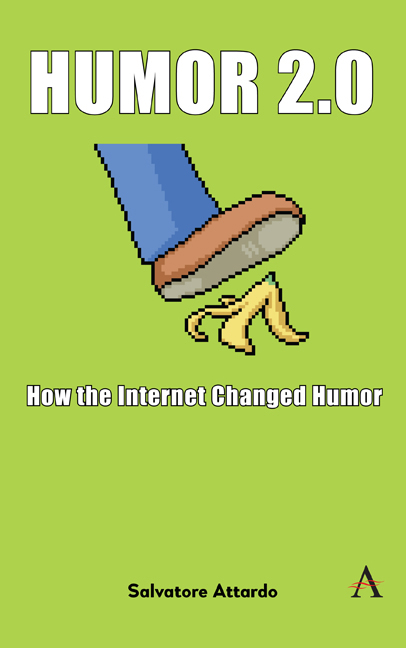6 - Internet Cartoons
Published online by Cambridge University Press: 28 February 2024
Summary
The explosion of niche narrowcasting and the geek culture of the internet began a new breed of hyper-sophisticated but low-quality graphics cartoons. Inspired by Dilbert's easy to produce characters, XKCD stick figures and Dinosaur Comics recycled images that do not change from strip to strip (“fixed art”) read like visual self-parodies, in which the author self-consciously decides to not even try to produce visually appealing cartoons. The Order of the Stick, a webcomic set in the world of Dungeons and Dragons (D&D) even in the title references its stick figure art.
Narrowcasting
The term “narrowcasting” was introduced to “emphasize the rejection or dissolution of the constraints imposed by commitment to a monolithic mass-appeal, broadcast approach” (Licklider, 1967). Licklider, in what was a truly prophetic call, envisions a television network (this was the 1960s, a good 20 years before the internet!) in which the “audience divides itself into many subsets” and thus the network can offer “a multiplicity of programs, services, and techniques, using a multiplicity of channels” (1967, p. 212). Licklider saw that this was not only more efficient but that the content can be designed to appeal to select groups “of medium and even small size” (p. 215). Naturally, Licklider who imagined a network of computers reaching individual homes to access libraries and classrooms would have been appalled by Facebook, Twitter, and Pornhub. However, his visionary intuition of the fact that “niche marketing” (as narrowcasting has been called in advertising) would mean that extremely narrow (i.e., small) “discourse communities” could be effectively reached and could sustain the production of content (art, video, cartoons, etc.) perhaps not necessarily economically, but certainly in the currency of the internet: attention (which can be monetized through platforms such as YouTube, Patreon, etc.). Through platforms such as YouTube, Facebook, Twitter, TikTok, Reddit and so on, anyone can become a narrowcaster (and if they are lucky and go viral, a broadcaster). In fact, the raison d’être of Facebook, Twitter, TikTok and so on, is to lead people to share content. Furthermore, the internet effectively abolishes the location issue. One can produce and distribute videos, cartoons or any other digital media liter-ally in one's bedroom, wherever that might be. No need to get in a bus to Los Angeles or New York (or Paris, Moscow, Beijing, etc.) to try and become a star. Just fire up your computer or smartphone.
- Type
- Chapter
- Information
- Humor 2.0How the Internet Changed Humor, pp. 71 - 76Publisher: Anthem PressPrint publication year: 2023

